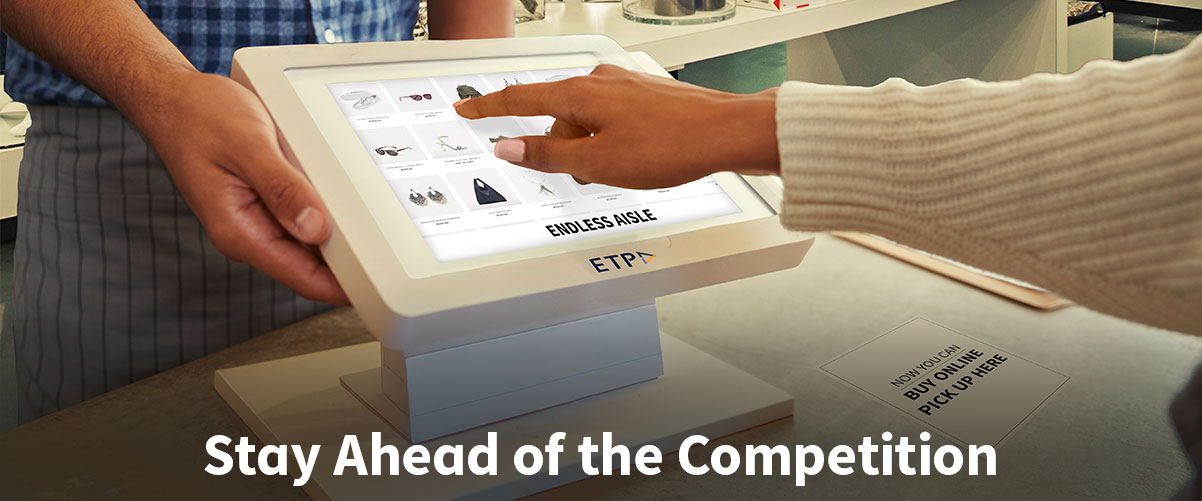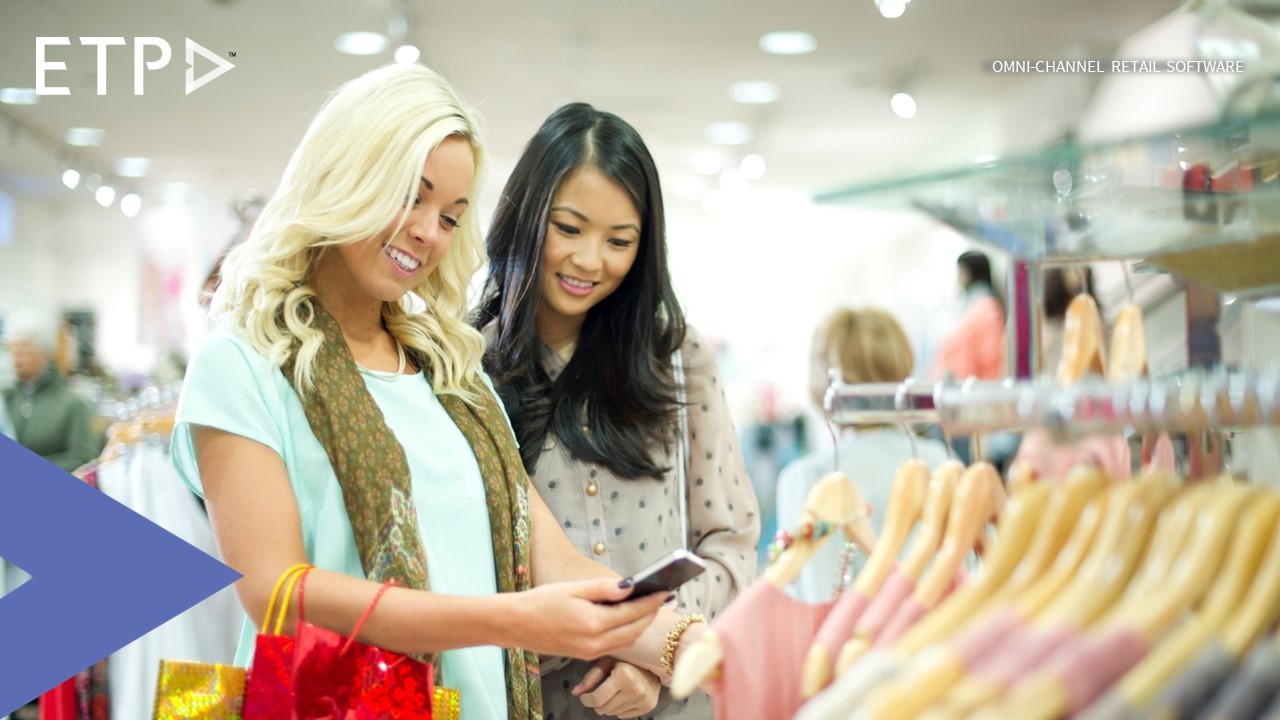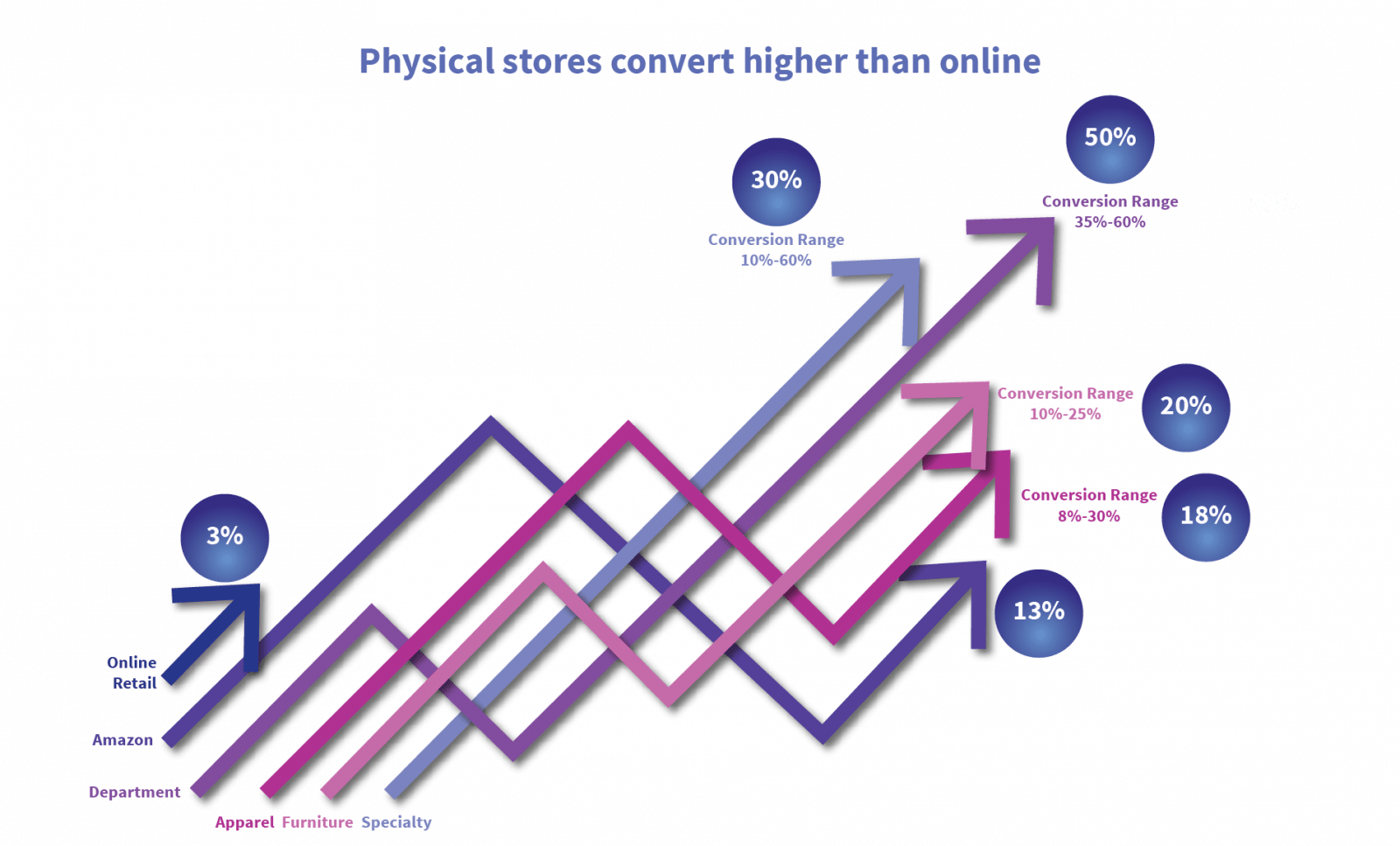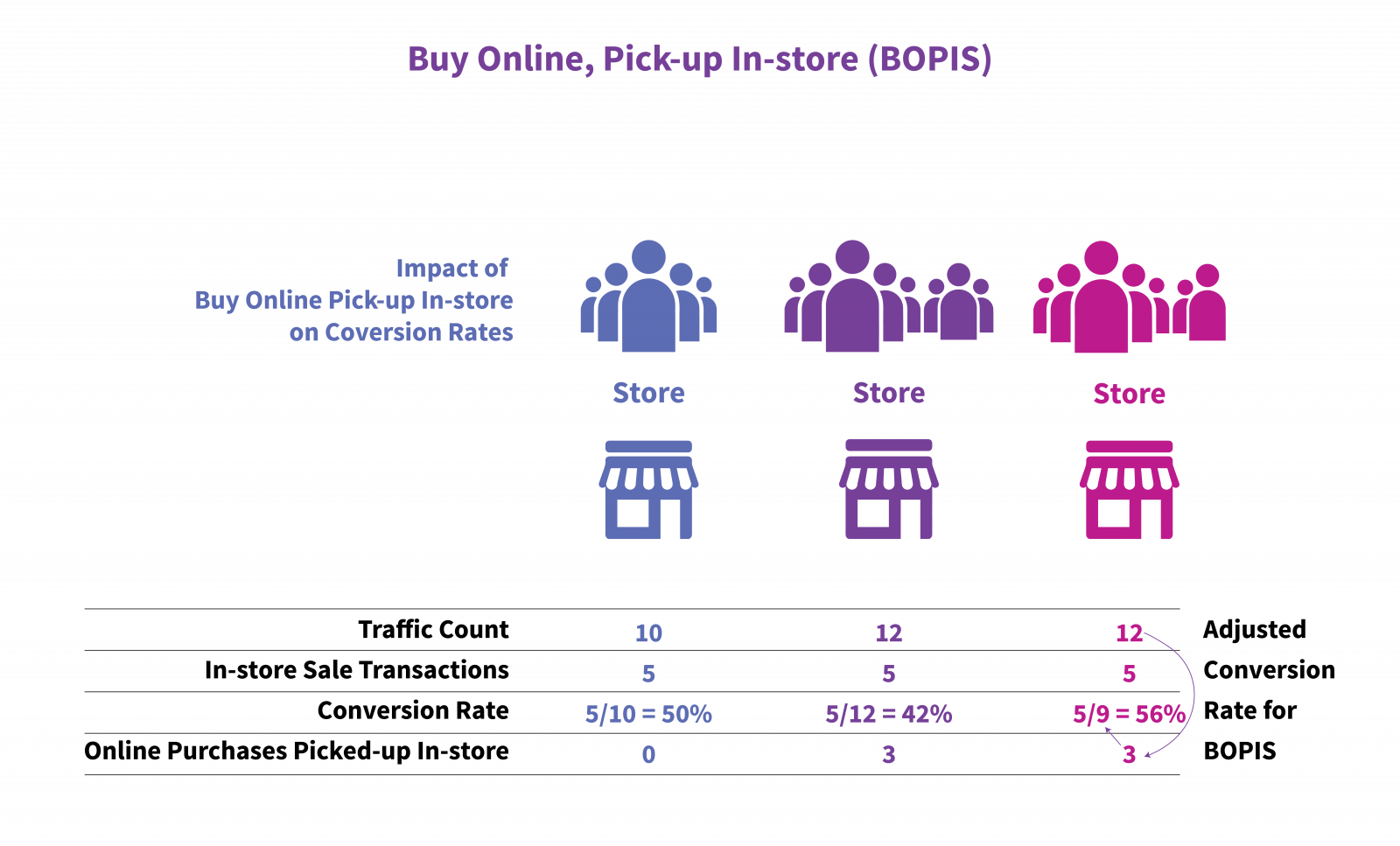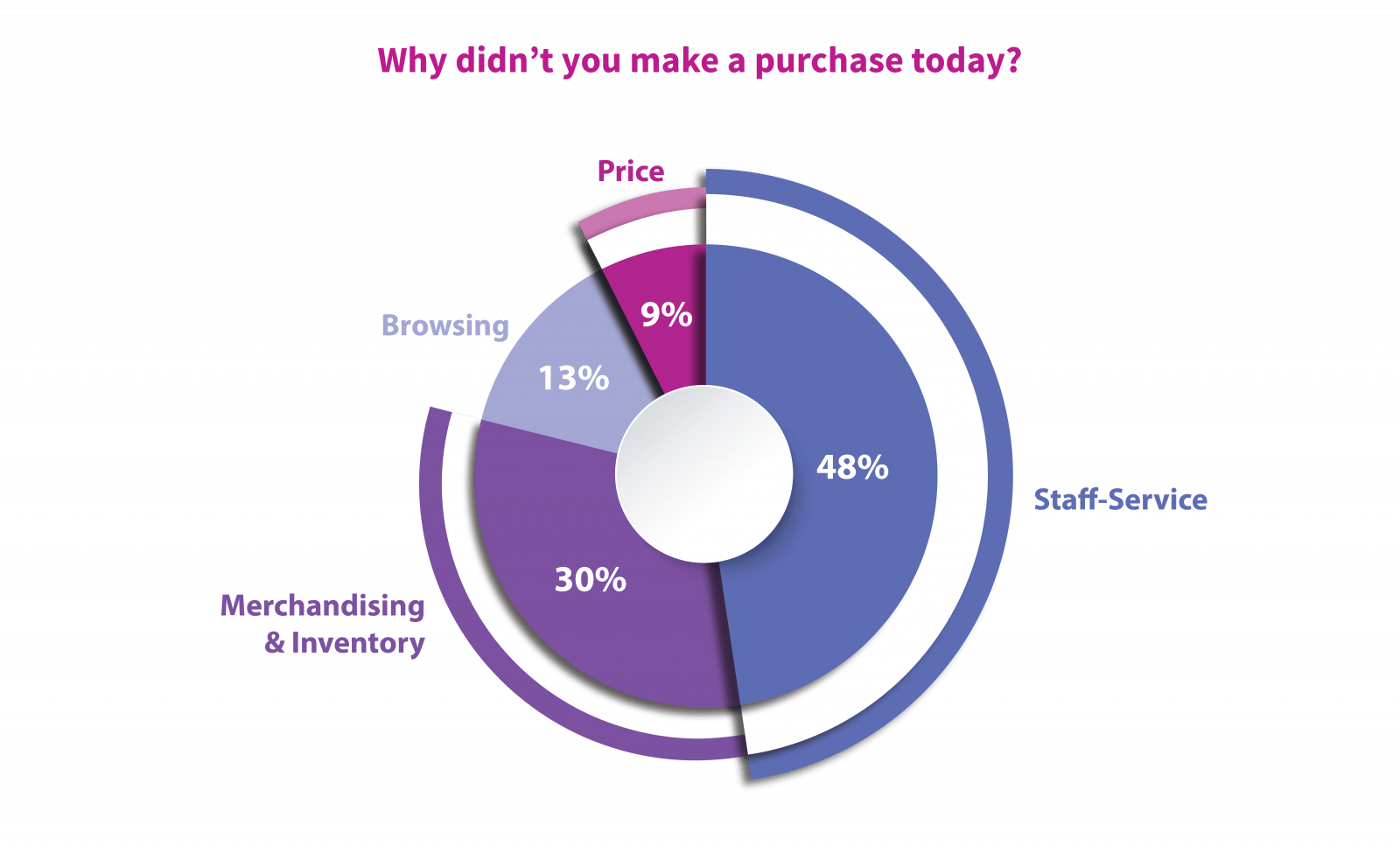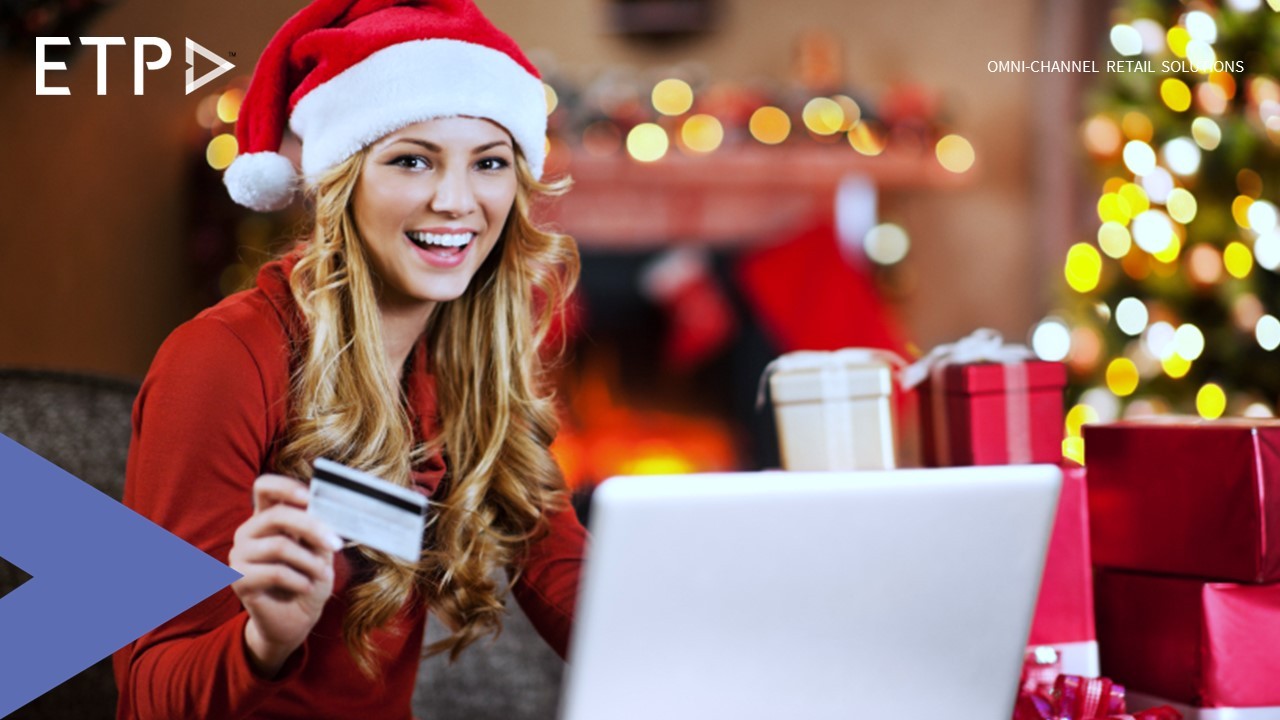
In a rapidly evolving retail landscape, the hybrid consumer has emerged as an intriguing and complex entity. These consumers cherish the tactile experience of physical retail, yet simultaneously demand the seamless convenience of digital interactions. Their expectations transcend traditional shopping norms, compelling retailers to innovate and invest in both technology and retail space renovation. This article delves into the hybrid consumer phenomenon and examines why investing in new retail technology and redesigning physical spaces is essential for creating a truly cohesive consumer experience.
Understanding the Hybrid Consumer
The hybrid consumer’s journey is a blend of online and offline experiences. They value the immediacy and sensory engagement of brick-and-mortar stores, but also expect the convenience, personalisation, and efficiency offered by digital platforms. This duality drives them to seek out retailers who can seamlessly integrate both worlds, providing a unified and enriched shopping journey.
The Digital-Physical Dichotomy
The retail sector has long been divided into physical stores and e-Commerce platforms. However, the hybrid consumer does not see these as separate entities. Instead, they perceive them as interconnected components of a single, fluid shopping experience. This perspective necessitates a paradigm shift for retailers, who must now focus on creating an omni-channel presence that bridges the gap between physical and digital retail.
The Role of Technology in Retail
Investing in new retail technology is crucial to meeting the expectations of hybrid consumers. Here are some key technological advancements that can help retailers enhance the hybrid shopping experience:
- Augmented Reality (AR): AR allows consumers to visualise products in their environment before making a purchase. For example, they can see how a piece of furniture would look in their living room or try on virtual clothing. This technology bridges the gap between online browsing and physical shopping.
- AI-Powered Personalisation: Artificial intelligence can analyse consumer data to provide personalised recommendations and experiences. Retailers can use AI to tailor product suggestions, marketing messages, and even in-store layouts based on individual preferences and behaviors.
- Smart Mirrors: These interactive mirrors enable consumers to try on clothes virtually, receive style recommendations, and share their looks on social media. This technology enhances the in-store experience by merging physical try-ons with digital interactivity.
- Mobile Payments and Wallets: Simplifying the payment process with mobile wallets and contactless payments enhances the convenience factor for hybrid consumers. Integrating these technologies ensures a smooth and efficient checkout experience.
- Inventory Management Systems: Advanced inventory management systems provide real-time data on product availability, allowing consumers to check stock levels online and in-store. This transparency helps reduce friction and enhances the overall shopping experience.
Redesigning Retail Spaces
In addition to technological investments, retailers must also consider the physical layout and design of their stores. Here are some strategies to create retail spaces that cater to hybrid consumers:
- Experiential Retail: Transforming stores into experiential spaces can captivate hybrid consumers. For instance, incorporating interactive displays, product demonstrations, and hands-on workshops can create memorable experiences that blend physical engagement with digital elements.
- Click-and-Collect Services: Designing dedicated areas for click-and-collect services allows consumers to order online and pick up their purchases in-store. This service not only saves time but also encourages additional in-store browsing.
- Omni-channel Integration: Ensuring that in-store technology integrates seamlessly with online platforms is essential. For example, providing QR codes on product tags that link to detailed online reviews, videos, and additional product information can enhance the shopping experience.
- Flexible Store Layouts: Retailers should consider flexible store layouts that can be easily adapted to changing consumer preferences and trends. Modular fixtures and adjustable shelving allow for quick reconfigurations to highlight seasonal products or special promotions.
The Case for Investment
Investing in new retail technology and redesigning physical spaces is not merely a trend but a strategic necessity. Here are some compelling reasons why retailers should prioritise these investments:
- Meeting Consumer Expectations: Hybrid consumers have high expectations for a seamless shopping experience. Failing to meet these expectations can lead to lost sales and diminished brand loyalty. By investing in technology and innovative store designs, retailers can exceed consumer expectations and build stronger relationships.
- Competitive Advantage: In a competitive retail landscape, staying ahead of the curve is crucial. Retailers who embrace technological advancements and create unique, engaging shopping environments will stand out from the competition and attract a loyal customer base.
- Data-Driven Insights: Advanced technology provides valuable data on consumer behavior and preferences. Retailers can leverage this data to make informed decisions, optimise inventory, tailor marketing strategies, and enhance the overall shopping experience.
- Future-Proofing: The retail industry is constantly evolving, and consumer preferences continue to shift. Investing in technology and flexible store designs ensures that retailers can adapt to future trends and remain relevant in an ever-changing market.
The Role of ETP Unify in Addressing Hybrid Consumer Needs
ETP Unify emerges as a cornerstone technology for retailers aiming to meet the demands of hybrid consumers. As a powerful cloud-native Unified Commerce Retail Platform, ETP Unify seamlessly integrates online and offline retail environments into one cohesive system. This integration allows retailers to manage all aspects of their operations—inventory, sales, customer data, and more—through a single platform, thus enhancing efficiency and consistency across channels.
One of the standout features of ETP Unify is its ability to provide real-time inventory visibility. This means that hybrid consumers can effortlessly check product availability online and in-store, reducing the frustration of out-of-stock items and ensuring a smoother shopping experience. Additionally, the platform’s AI-powered personalisation capabilities enable retailers to offer tailored product recommendations and marketing messages based on individual consumer preferences and behaviors. This level of personalisation not only enhances customer satisfaction but also drives higher sales and brand loyalty.
Moreover, ETP Unify supports seamless omni-channel operations, such as click-and-collect services and flexible return options. Consumers can easily purchase items online and pick them up in-store or return products through any channel, offering unparalleled convenience and flexibility. The platform also facilitates mobile payments and contactless transactions, catering to the hybrid consumer’s demand for quick and secure payment options.
Incorporating ETP Unify into retail operations empowers retailers to create a truly unified and engaging shopping journey. By leveraging advanced technology and integrating both digital and physical retail spaces, ETP Unify helps retailers meet and exceed the expectations of hybrid consumers, ultimately leading to increased customer loyalty and a competitive advantage in the retail market.
Conclusion
The hybrid consumer represents a new era in retail, one where the lines between physical and digital shopping experiences blur. To address the demands of these consumers, retailers must invest in a high-performing, cloud-native, unified commerce retail platform, ETP Unify!
By doing so, they can create a cohesive, engaging, and personalised shopping journey that meets the expectations of hybrid consumers. This investment is not only a response to current trends but also a strategic move to future-proof their businesses and stay ahead in an increasingly competitive market. The case for investing in a new retail and tech era is strong, and the time to act is now!
To know more about ETP Unify, visit: https://www.etpgroup.com/etp-unify/


